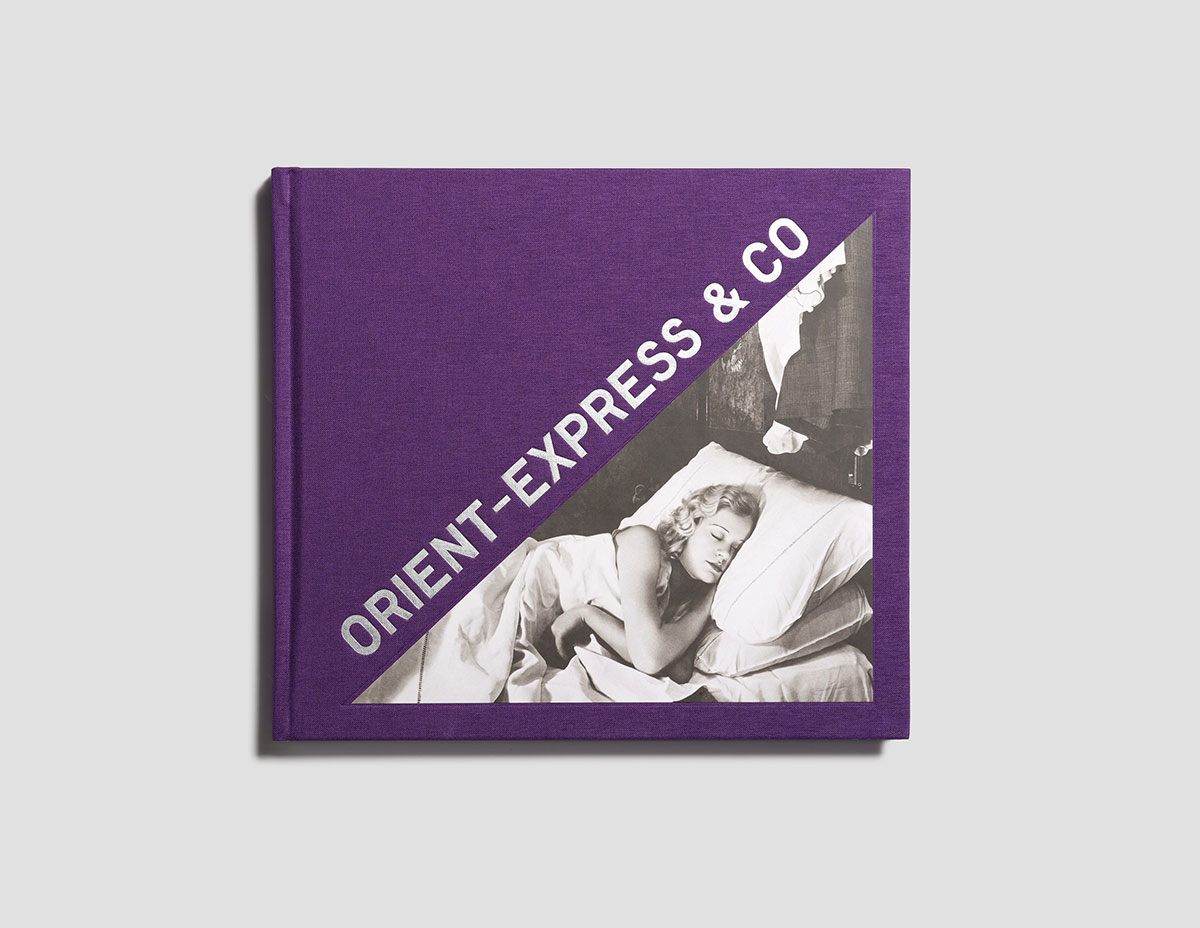Tag to the Future: The lost art of luggage labels
Codes / Memories
Telling all or part of a traveler’s story, the luggage label continues to fascinate the world with its codes and creative audacity. By Pierre Léonforté.
After arriving on the travel scene at the end of the 19th century, a fleeting and futile emblem of the distinguished traveler, the luggage label is making a comeback.
Appearing in its illustrative and informative form at the end of the 19th century when travel was really taking off, the luggage label reached its peak in the 1920s and 30s before fading away in the face of the modernity of self-adhesive plastic, the rush of commercial travel and soft luggage. A piece of printed paper, the label became a symbol and a souvenir to remember a journey. It was a stamp of the good taste of travelers of all kinds, explorers and hedonists alike, in their choice of destinations and hotels. An illustrated and graphic vehicle, more intense than a postcard, stuck on until it became one with the luggage upon which it was affixed. The luggage label was the best of passports, the most talkative of gossips, the most snobbish of snobberies. Why else would you stick labels on your suitcases for places you’ve never been to? Or for places no one would ever actually go?
As the forerunner of brand identity, the luggage label promoted shipping companies, railways, hotels and destinations. In short: ocean liners and luxury express trains, urban, seaside or alpine luxury hotels, fashionable capitals, social resorts and exotic lands. Returning from a trip with luggage full of labels, was the sign of a truly cultured voyager. As travel became increasingly accessible and popular, this same customized luggage became a collection of walking atlases, albums of nomadic geography. Somewhere between a world tour and an advertising campaign, each label had its own shape: square, oval, round, diamond or crescent, modernist, vintage or graphic. The monuments were stylized with the promise that we would be the only ones to visit them.
The trains of the Compagnie Internationale des Wagons-lits, which linked London to Constantinople, Amsterdam to Bucharest, Paris to Vienna and even further, were launched at high speed on the lightning rails of modernity, offering their passengers services that were comparable to the comfort of apartments on wheels. From the Blue Bird to the Golden Arrow, from the North-Express to the South-Express, from the Trans-Siberian to the Riviera Express and, of course, the Orient-Express, all these luxury trains relieved their customers of the burden of luggage, which was collected at their homes and delivered to their destinations. For this, there was nothing better than labels. Each train had its own label, chic and suggestive in its practicality, displayed as a milestone of a luxuriously nomadic lifestyle. They were carefully composed creations, recently gathered in the book Orient Express & co, published by Textuel.

That said, each luggage label didn’t just appear on its own on a suitcase. Someone had to stick it on. And that someone was rarely the person who was traveling. For that, there were porters, baggage handlers, bellboys, quick to cover an old label from a train, a liner or a competing hotel with their own. All’s fair in luggage and war, right? Because this game of labels masked a tacit set of rules. Depending on its location on the luggage, outlined with a line of chalk, the label became an informer, a profiler, targeting the right and the wrong customers. At the top next to the lock ? Very generous with tips. Down on the left? Quite unpleasant in demeanor. As for the newbie not yet familiar with the current customs of travel, he was indicated by a discreet arc drawn in the upper left corner as if to say: treat him well, so that he comes back. At that time, a trunk or a suitcase without any label, mostly likely belonging a salesman, was more suspicious than a Hello Kitty-adorned bag left abandoned in an airport today.
Carrying a plethora of graphic richness, the labels continue to concentrate a formidable power of evocation and nostalgia in just a few square centimeters. They also demonstrate the privileged knowledge and culture of frequent travels and favor escapism for those who dream of travelling. Seriously frivolous, the luggage label is back in action. The Orient-Express archives were simply asking for it. Orchestrated by young artist Victor Cadene, who entered the scene with his collages and colors, this return to the rails is bringing back a forgotten tradition. With just two paper interiors, he who had boarded the Orient-Express while reading Agatha Christie, has spurred the mythical opulence of the famous train towards a landscape both naive and poetic planted in Paris and Istanbul. Culture is, in fact, luggage that travels around the world and whose beauty is always in the eye of the (be)holder. They will definitely stick around for a long time.
Luggage labels featured above created by Victor Cadene, available with every purchase exclusively at Samaritaine. 9 rue de la Monnaie Paris. 75001.



